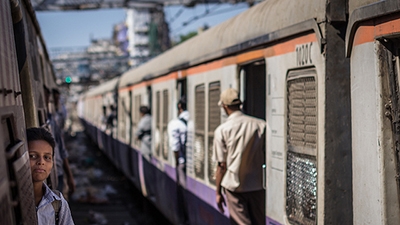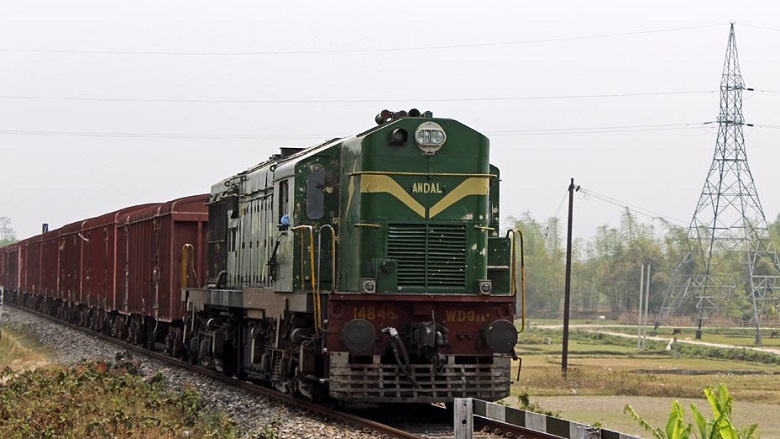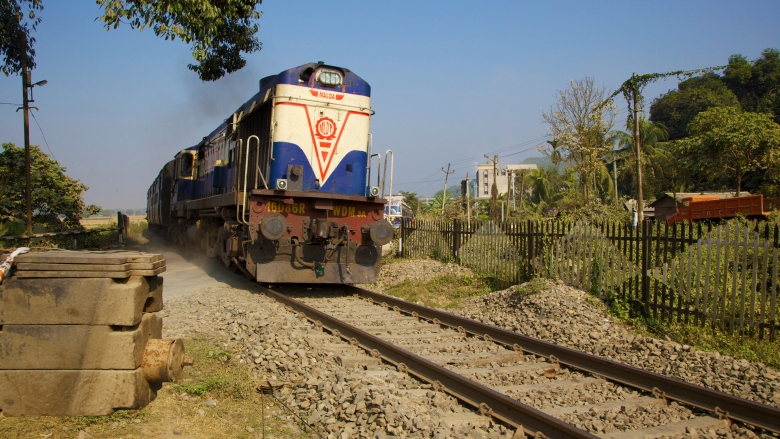India’s transport network is one of the largest and densest in the world. Its roads rank third in terms of length, next only to China and the United States. In terms of density India’s roads are similar to the United States and far denser than those in China or Brazil.
However India’s current road network is increasingly insufficient to support rapid growth in the economy. Most roads are generally in poor condition, urban traffic is clogged, public transport is unreliable and unsafe, and intra-regional connectivity is inadequate. While rail and inland waterways are more cost-effective and environment-friendly than roads, their enormous potential has yet to be realized. Despite the existence of an advanced IT industry, advanced Intelligent Transport Systems (ITS) technologies and applications have not been widely utilized in the transport sector in India.
India’s railway network - one of the largest and most densely-used in the world - has seen little new investment. And ports need to be modernized and better connected with the hinterland. An integrated logistics strategy will need to address the missing links in the transport system and connect key transport modes - roads, rail and ports – with each other.
Poor safety, especially road safety, is a major concern. Road fatalities in India are among the highest in the world – touching almost 140,000 in 2012 alone. This costs the economy some 3% of GDP a year according to Planning Commission estimates. Moreover, the growing number of vehicles is leading to rising air pollution as the country continues to add new motorized vehicles at a record pace.
It is estimated that the transport sector alone will require an investment of nearly $500 billion (3.7 percent of GDP) over the next 10 years. Given this scenario, both the public and private sectors will need to increase their transport sector investments as a proportion of GDP, and strengthen their capacity for executing infrastructure project in a rapid and efficient manner
On its part, the Government of India has progressively committed significant investments to the sector. It plans to channel a further 30% out of the US$1 trillion earmarked for infrastructure under the country’s 12th Five Year Plan (2013-18). It is also making efforts to incentivize and facilitate institutional and capacity development in the transport sector.
World Bank Support
For decades, the World Bank has been assisting India in developing appropriate solutions to the sector’s tremendous challenges. World Bank projects support the Government of India’s efforts to reform and develop the railways, improve the highways, increase the network of rural roads, upgrade urban transport, pilot applications of ITS technology, and improve road safety. The Bank especially focuses on strengthening institutions, increasing accountability, and building capacities among transportation agencies at both the national and state levels. Currently, projects under implementation total $6.88 billion.
Going forward, the Bank will increasingly focus on projects that improve the connectivity of the low-income states, as well as those that support a shift to more efficient modes of transportation, including to ports.



